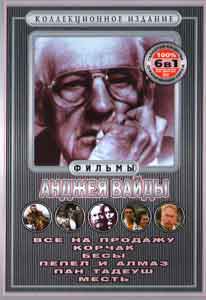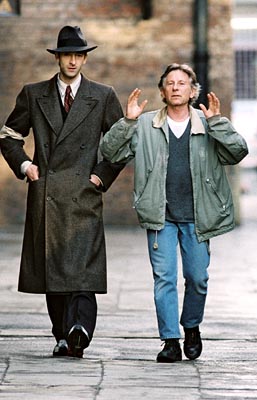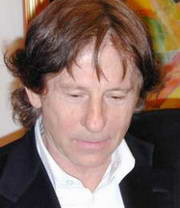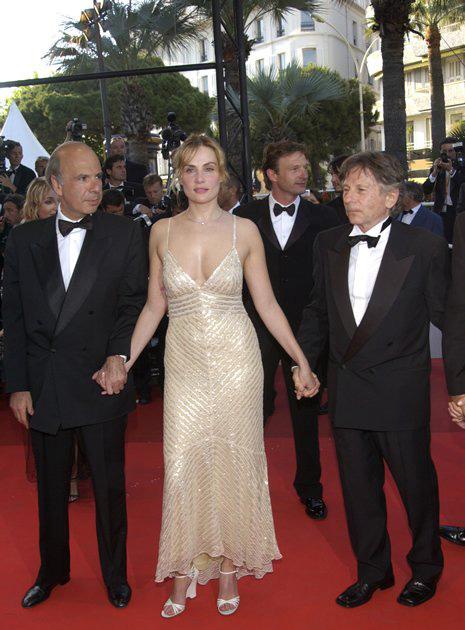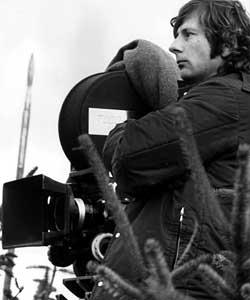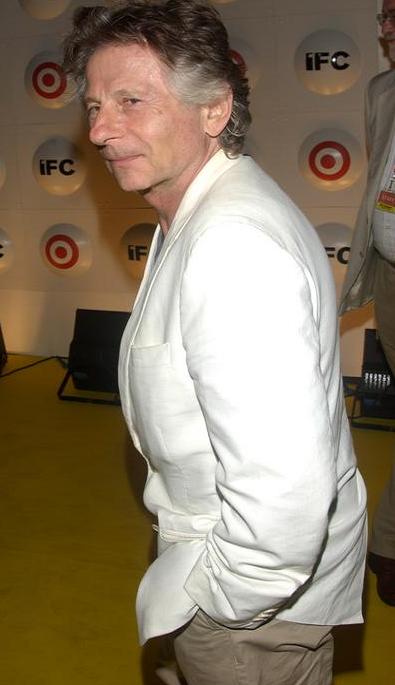 | The Polish School |
|
A.Wajda |
Вайда |
Roman Polanski |
|
Роман Полански Roman Polanski |
Roman Polanski |
Roman Polanski |
|
Roman Polanski, Beverly Hills |
Roman Polanski |
|
In 1929 there was the radical avant-garde film society START (Siciety of the Devotees of the Artistic Film), which included the future directors Wanda Jakubowska (1907-1998) and Aleksander Ford (1908-1980) - whose Knights of the Teutonic Order (1960) was to become the first great Polish fil m epic. After the war, the government nationalized the film industry under a single centralized authority, Film Polski, in 1945/ The first postwar films were about the horrors that the country had endured during the Nazi Occupation. Ford''s neorealistic Five Boys from Barska Street (1952) about Warsaw Getto. Dogma of socialist realism kept the standarts until after the death of Stalin in 1953. In 1954, things began to change. At the meeting of the Polish Assotiation of Cinema and Theater, Jerzy Toeplitz attacked the tenets of socialist realism and called for a new national cinema. A year later, Film Polski was reorganized as a confederation of individual groups. The first major talents to rise from the Lodz Film School were Jerzy Kawalerowicz (b.1922), Andrej Munk (1921-1961, and Andrzej Wajda (b.1926).
Jerzy Kawalerowicz specialised in historical films like Pharaoh (Faraon, 1966)about nature of political power
Maddalena (1970),
Death of the President (1978) about Poland''s first president,
A Chance Meeting on the Ocean (1980),
Austeria(1983).
Andrej Munk was mostly a documentarist, but his feature films are:
1955 - Man on the Track
1957 - Eroica (Heroism) - the antiheroic war film
1959 - Bad Luck, an ironic look at opportunism in postwar Polish society
1963 -The Passender (Pasazerka)
They adopted novels - Jerzy Stefan Stawinski, there are a lot of symbols of romantic fatalism that came to characterize the Polish School like 7 rats or excrements for example.Wajda studied painting before he entered the cinema - visual symbolism.
Andrzej Wajda - attitudes of the "lost generation" of younger Poles (his own) who had come of age in the crucible of World War II:
1954 -A Generation
1956 - Canal
1958 - Ashes and Diamonds
1959 - Lotna
1960- Innocent Sorcerers
1960 - Samson (about Warsaw Ghetto), written by the future New Wave director Jerzy Skolimowski
1962 - A Siberian Lady Macbeth
1965 - Ashes - the Napoleonic Wars
1965 - Gates of Paradise
The major artist - Zbigniew Cybulski (1927-1967, the icon of the Polish School''sromantic pessimism from 1958 until his accidental death in 1967.
1969 - Everything for Sale -Wajda made his most personal film. like Truffaunt''s "Day for Night" (1973)about a filmmmakerin the process of making a film and about the relatyionship bertween cinematic illusion and rweality, but it is more Pirandello-like . The film was inspired by the death of the Cybulski, who was run over by a train. He was an important cultural symbol of a whole generation. His senselessdeath shocked the nation.There are some disturbing questions about the morality of art. Ultimately, "Everything for Sale" asks the same questions as that as that posed by Ferrand Truffaut:"Are films, or art more important than life?"Truffaut''s answer was:"Yes, for film artists, they must be and they are"; in Wajda''s case the answer is more ambivalent and more bitter.
Most of Wajda''s films since 1968, except the sex comedy Hunting Flies (1969), have been characterized as impressionism announced in "Everything for Sale":
1970 - Lanscape after Battle
1970 - The Birch-Wood
1972 - Pilatus and Others
all technically innovative, visually baroque meditations on the great themes of time, art. love, and death, woithout regard to historical context.
1976 - The Promised Land
1977 - Man of Marble
1978 - Without Anesthesia
- the brutal industrialization of Poland by foreigners in the early twenties century and polish corruption (Without Anesthesia).
Nonpolitical films:
1979 - Young Girls of Wilko
1980 - The Conductor
1981 -Man of Iron (about Solidarity Movement)
1987 - A Chronicle of Amorous Incidents
1988 -The Possessed (an adaptation of Dostoevsky)
1990 - Korczak
THE SECOND GENERATION (they started in Poland, then they left one by one to work in the West)
Roman Polanski (b.1933) and Jerzy Skolimowski (b.1938), both influenced by the French New Wave.
Roman Polanski:
1958 - Men and a Wardrobe (absurdist short)
1961 -The Fat and the Lean(absurdist short)
1962 - Mammals
all of which - reminiscent Samuel Beckett
1962 - Knife in the Water
1965 - Repulsion
....
2002 -The Pianist
- sexual themes:violence, repression, isolation ...., horror of psychosis, mental breakdown, satanism, demonic possession, a sence of real evel with naturalistic style. His most conventional film - Chinatown like a mark of Polanski''s work.In terms of intellectual influence, it is possible to speak of surrealismand the theaterof the absurd - of Kafka, Ionesko, Beckett, Pinter. It was giong from Polanski''s life: in 1941, when he was 8 years oldhis parents were sent to contentration camps. In 1969, his pregnant wife with several friends were brutally murderedby the Charles Manson Gang.More recently, Polanski himself was charged with the statutory rape of a 13 year-old girk in L.A. and fled the country to avoid prosecution. He completed version of Tess of the d''Urbervilles (1979)...
Jerzy Skolimowski(cinema verite and the New wave about society):
1964 - Identification Marks:None
1965 - Walkover
1966 - Barrier
1967 - Hands Up!....
THE THIRD POLISH CINEMA
The Most important Krzysztof Zanussi (b.1939), Walerian Borowezyk (b.1923).
New Generation: Feliks Falk (b.1941), Agnieszka Holland (b.1948).
«Особенности национального миросознания», по Анджею Вайде, заключаются в том, что человек духа, преисполненный романтического, благородного, во славу человечества стремительного порыва, оказывается сражен, как подкошенный, любыми историческими катаклизмами, социальными потрясениями или превратностями судьбы.
O сегодняшних проблемах своей родины
ХХ век сам о себе
Hовое польское кино
Roman Polanski
